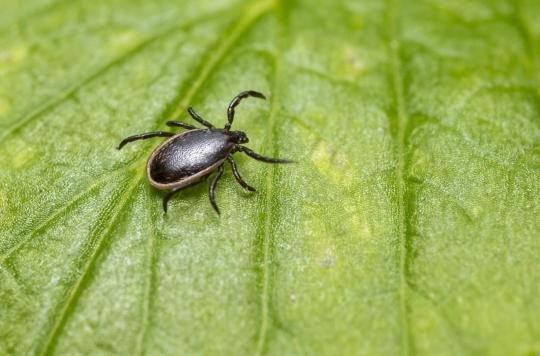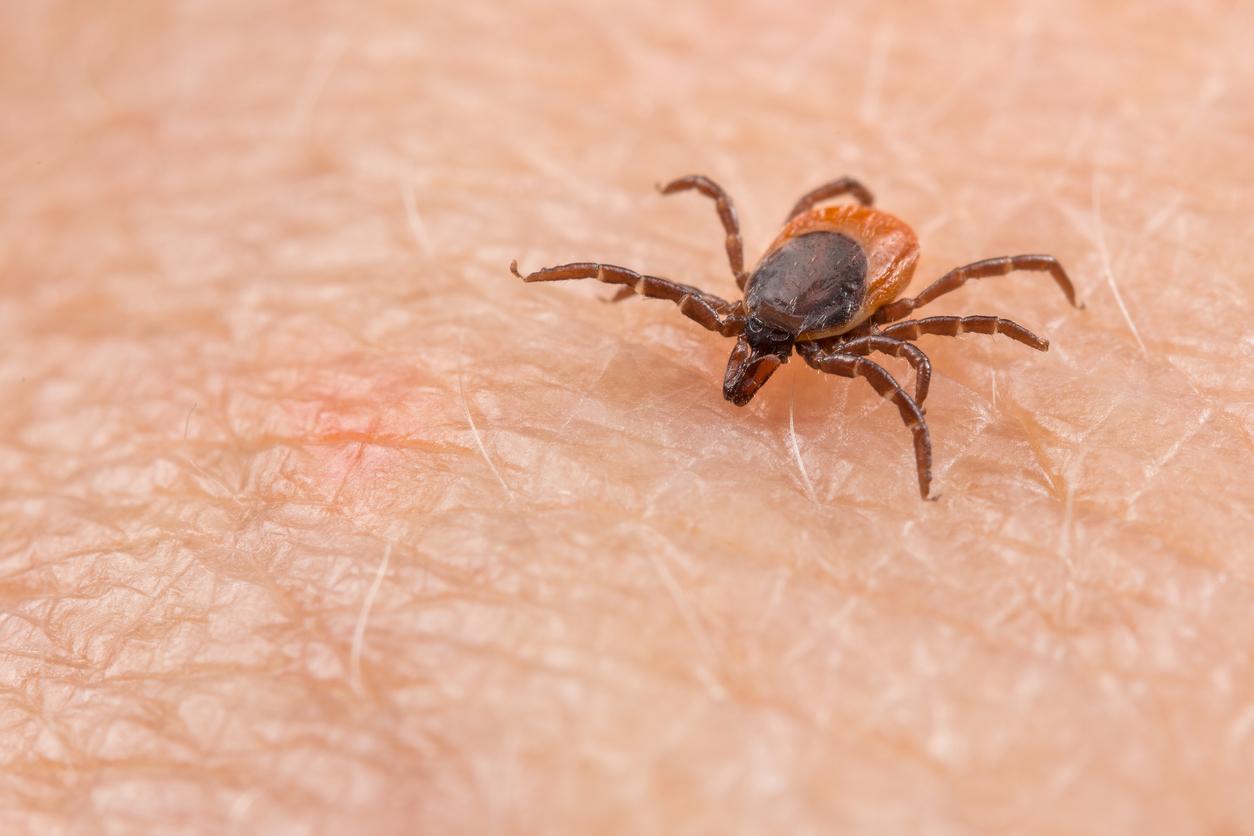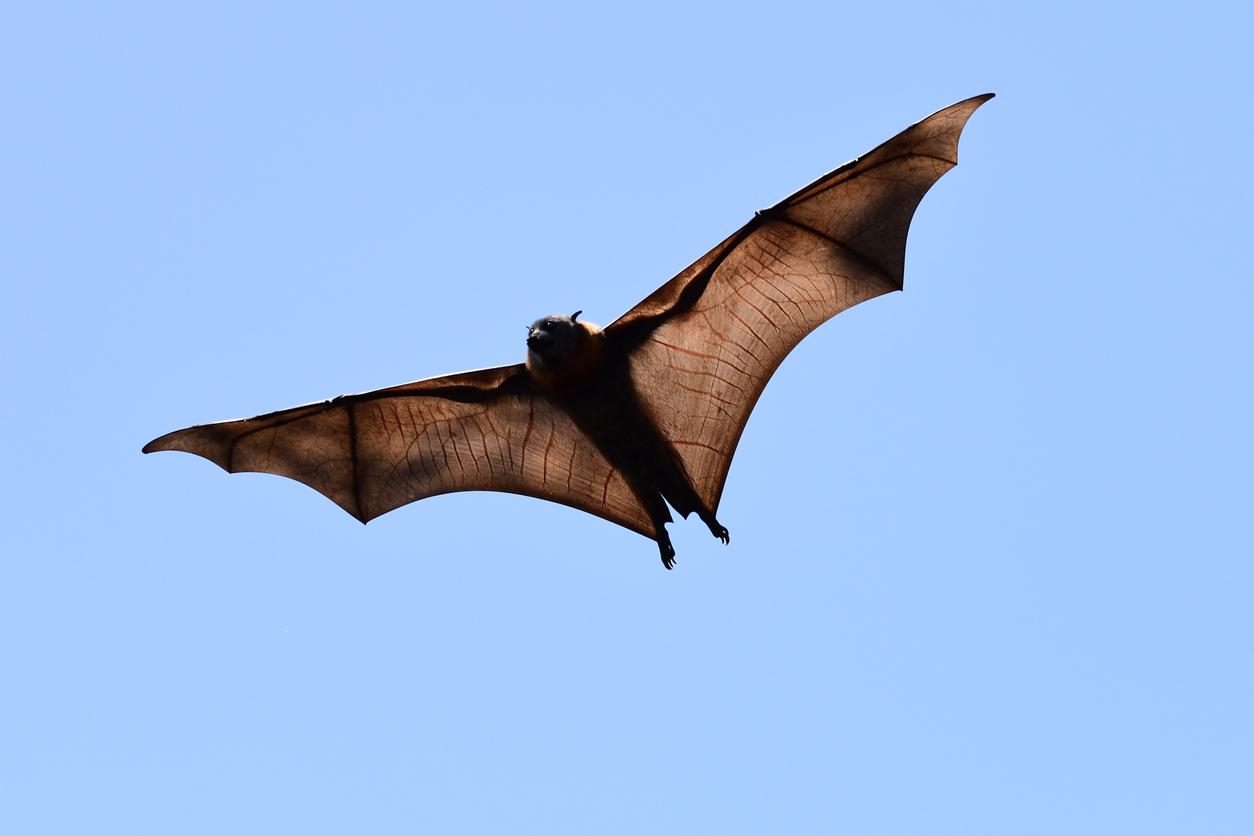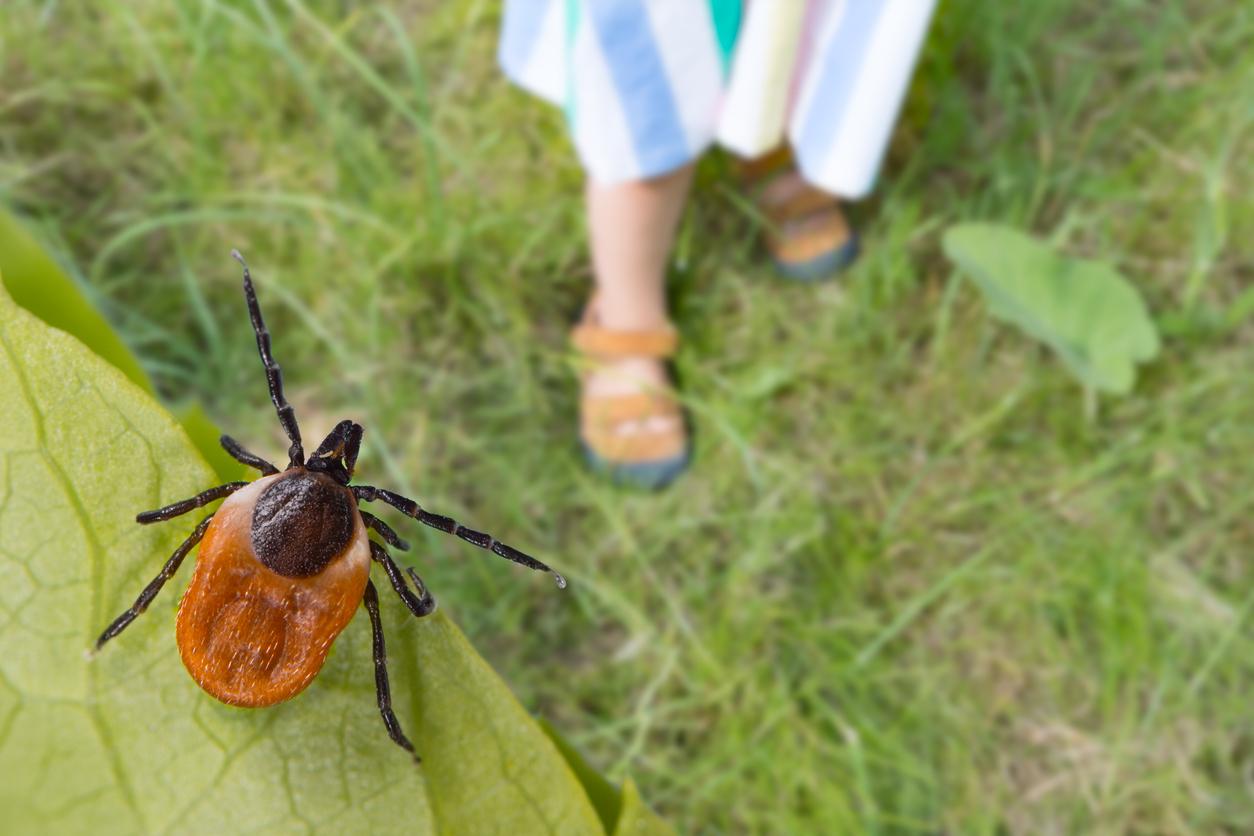In northeast China, researchers have identified a new virus in more than 100 patients. Nicknamed the Alongshan virus, it is transmitted by ticks.

This is the new threat that lurks in the fields, the forests of northeast China: a mysterious virus that mainly strikes workers in these rural, wooded and hilly parts of the country and causes fever, nausea and headaches.
Nicknamed the virus Alongshan (ALSV), it has so far infected at least 86 people, living mainly in Inner Mongolia and in the province of Heilongjiang, in the northeast of the country. Of these 86 identified patients, 84 were farmers or forestry workers.
But so far, the cause of the disease remained unclear. In an article published in the New England Journal of Medicineresearchers from the University of Foshan, in the Chinese province of Guandong, explain that they have discovered how the Alongsha virus is transmitted: by tick bites.
The tick Ixodes persulcatus responsible
Their finding is based on the sample of the virus taken from the blood of a 42-year-old woman farmer from Alongshan who fell ill with fever, headache and nausea. After the virus was isolated from his blood, genome sequence analysis and electron microscopy showed that it was indeed a virus that had never been documented before. Doctors also noticed that she had a history of tick bites.
The researchers therefore carried out an analysis of the wooded areas of Alongshan and discovered the culprits: ticks Ixodes persulcatus, also called Taiga ticks, and widely distributed in Asia and Eastern Europe, including China, Korea, Japan, Mongolia and Russia. This species is already responsible for certain vector-borne infectious diseases such as Lyme disease, babesiosis and tick-borne encephalitis in Siberia and the Far East.
These mites, which are found in large numbers in wooded and humid areas, tall prairie grasses, gardens, forest or urban parks, but also on pets, are vectors for pathogens and infectious agents because they cling to the hosts and feed on their blood.
Using a molecular biology technique, the scientists identified the Alongshan virus in ticks, but also in mosquitoes collected in the province of Jilin. They should therefore not be excluded as possible vectors of the virus.
No human-to-human transmission
According to the study authors, it is not impossible that the virus will spread to other regions of China, but also to East Asia, Siberia, Eastern Europe and Northern Europe, where the tick is found. Ixodes persulcatus.
However, these are intended to be reassuring. So far, there is no evidence that the virus can be transmitted from human to human. It is also easy to treat. The patients received a combination of antivirals and antibiotics and were cured within eight days.

.

















